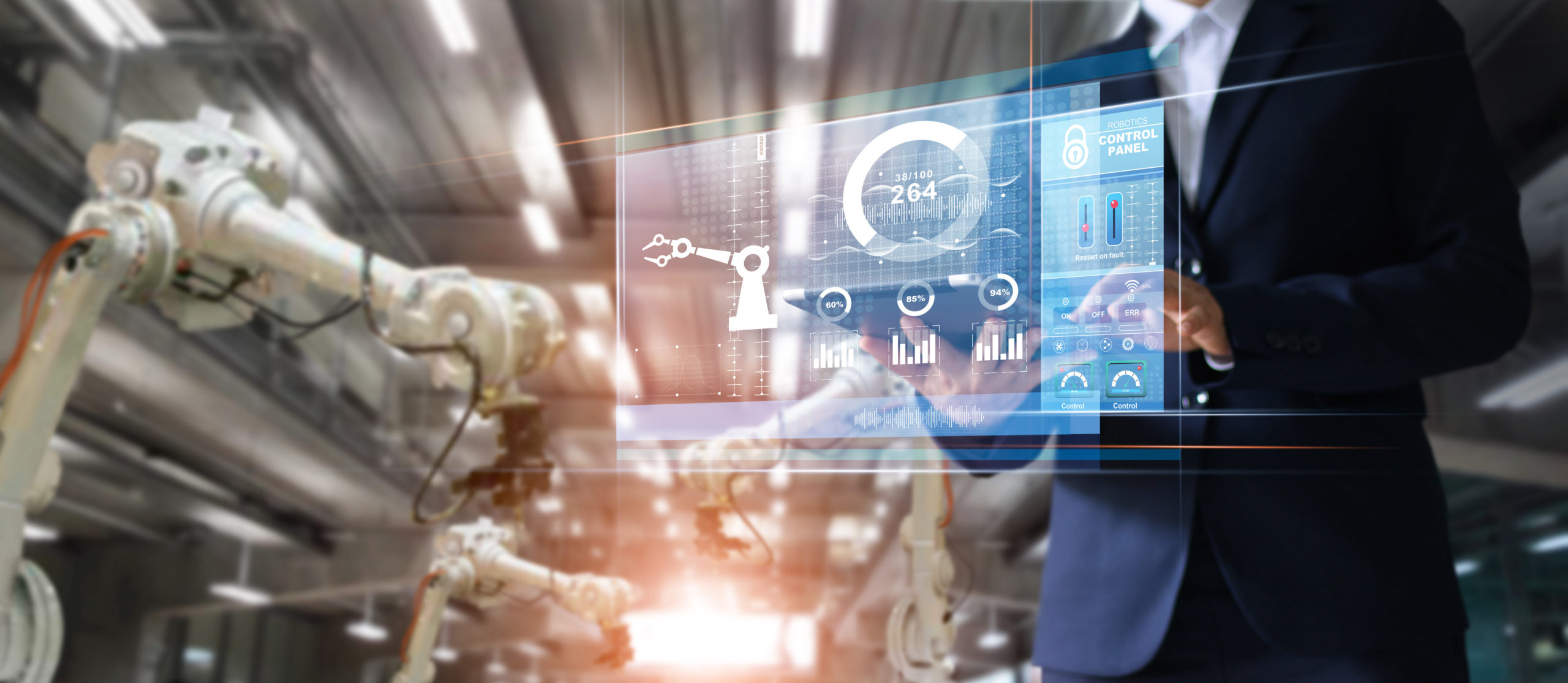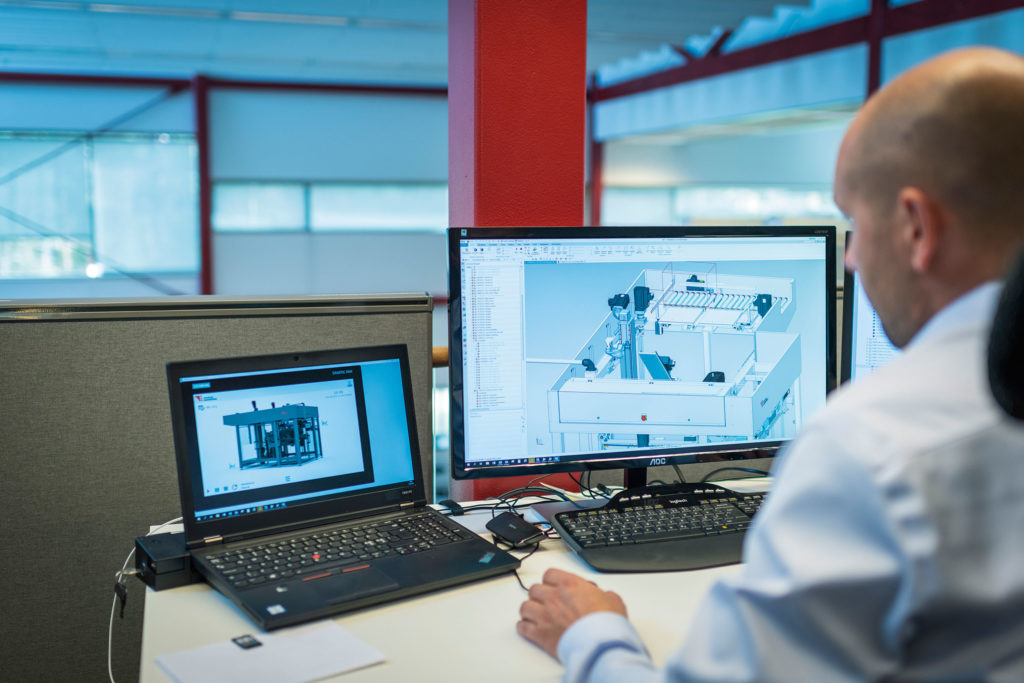Accelerating Innovation in Machine Design and Manufacturing

New technologies are driving accelerated change in machine design, engineering and manufacturing. In particular, the embedding of simulation technologies into the design process has been a significant advancement. Embedding simulation technologies enables us to democratize simulation to allow engineers to perform early refinements on their designs without leaving the design environment (figure 1).

At the same time, technologies enabling multi-discipline simulation and optimization through iteration have been instrumental in assisting engineers in solving increasingly complex machine design challenges. These technological advances have fueled the development of generative design and additive manufacturing, which are expected to become commonplace in machine design in the next decade. In the future, it will be crucial to continue to remove barriers between disciplines and domains, supporting an open and inclusive engineering environment.
Machines have nearly always been a combination of mixed domains —mechanical, fluids, electrical, software and thermal. This scenario seems to be accelerating, as machine designers need to find more creative ways to build faster, more reliable and more flexible machines. Thus far, specialized domain expertise and, especially, software that is purpose-built for each domain have been inhibitors to collaboration and agile machine development.
Machine builders that do not take an inclusive approach will miss a huge opportunity to create more innovative and differentiated machines. This approach builds the disruption in the industry. Holistic software portfolios, such as Xcelerator from Siemens Digital Industries Software, provide the ability to create a complete, multi-domain digital version of the machine and simulate not only the reaction forces of a single-use case, but the entire machine operation cycle, validating the PLC code virtually before commissioning the physical machine. The result is a robust machine design that is achievable without physical prototyping. Such a comprehensive digital twin can be the impetus behind significant competitive advantage in time-to-market, development cost and differentiated machine designs.
Realizing the Potential of the IIoT
Other essential innovations revolve around leveraging the industrial IoT (IIoT), artificial intelligence (AI), and machine learning (ML). Many machine designers have been using IIoT and smart sensor technology as a way of monitoring machine operation. Still, the future belongs to companies that can use that same technology to influence the actual machine operation (figure 2). In other words, these companies will find ways to create versatile machines that can gather enough information to be able to adjust their performance during operation.

A brief example would be a machine tool programmed to optimize speed and feed rates based on understanding the workpiece properties and machine loading. Computer-aided manufacturing (CAM) programs specify the spindle speed and feed rates based on the materials known to the programmer. Significant advancements have been made in CAM technology to eliminate waste through adaptive milling in software, helping the upfront CAM design. However, what if the machine tool had sensors to validate the metrology of the part and could adapt the code based on specific inputs from sensors to maximize the quality and minimize production time?
Such changes will also enable economic model variations in the way machinery companies interact with their machines over the service life. The ability to collect operating data and perform code optimization to push continuous improvements to machines in the field will open new business models for companies to provide production-as-a-service. This process will provide increased revenue over time than the build-and-replace business model. Then, the smart sensors provide feedback on machine health with a richer set of information, having the ability to adjust performance while simultaneously requesting a specific type of service, such as a bearing replacement. This will allow quick and accurate maintenance, bringing machines back online faster and reducing costs for the customer.
Moreover, a closed-loop digital thread from machines in operation to the digital twin of either the product or the production planning will allow the customer to make informed decisions in confidence, given the ability to validate or modify it virtually.
A Renaissance in Machine Design and Manufacturing
Under changing socio-economic circumstances and rapid advancements in technology and user experience, manufacturing is experiencing a renaissance. Typically, manufacturing is more conservative in adopting new technologies, but an aging workforce and the seismic shift in technology adoption by those entering that workforce are forcing more rapid changes.
Greater complexity in all our products and the greater availability of digital information about the machine in production will radically change manufacturing in the next decade. Manufacturing employees are already seeing how a more intimate user experience will benefit the company and make their work more rewarding and involved. Collaborative robots are only the beginning of this trend. Autonomous machines that adapt to rapid changes in production requirements will become more common. Factories will also become more flexible to support the demand for mass customization in consumer products. The old ways of thinking about fixed production units and even current efforts in lean manufacturing will seem quaint in the next ten years.
Machine builders will need to establish a robust digital thread, extending from design and engineering to the machine in operation, to prepare for the challenges of tomorrow. Integrated software portfolios, such as Xcelerator, support these closed-loop flows with solutions that enable collaboration and data integrity between engineering domains and throughout the product or production lifecycle. The result is a comprehensive digital twin of the machine and production processes that enables early validation and optimization and, with the IIoT, optimization based on actual performance data. Companies that can leverage these capabilities today will find themselves in a strong position to thrive as the industry continues to evolve.
Comments
Leave a Reply
You must be logged in to post a comment.



I want this programmer